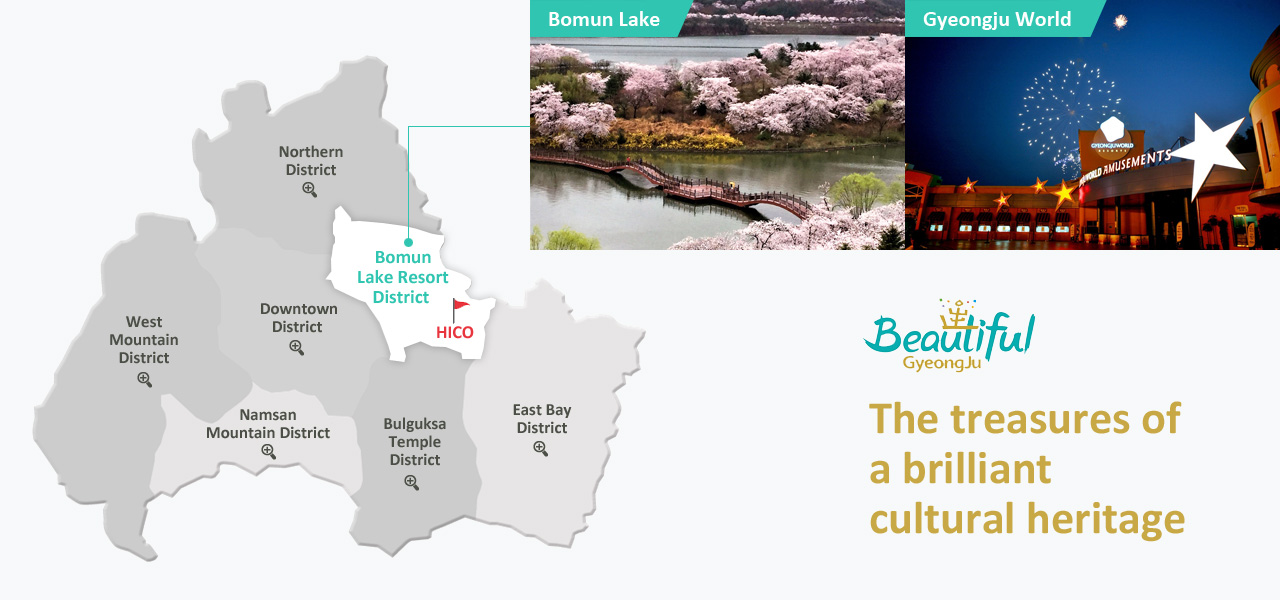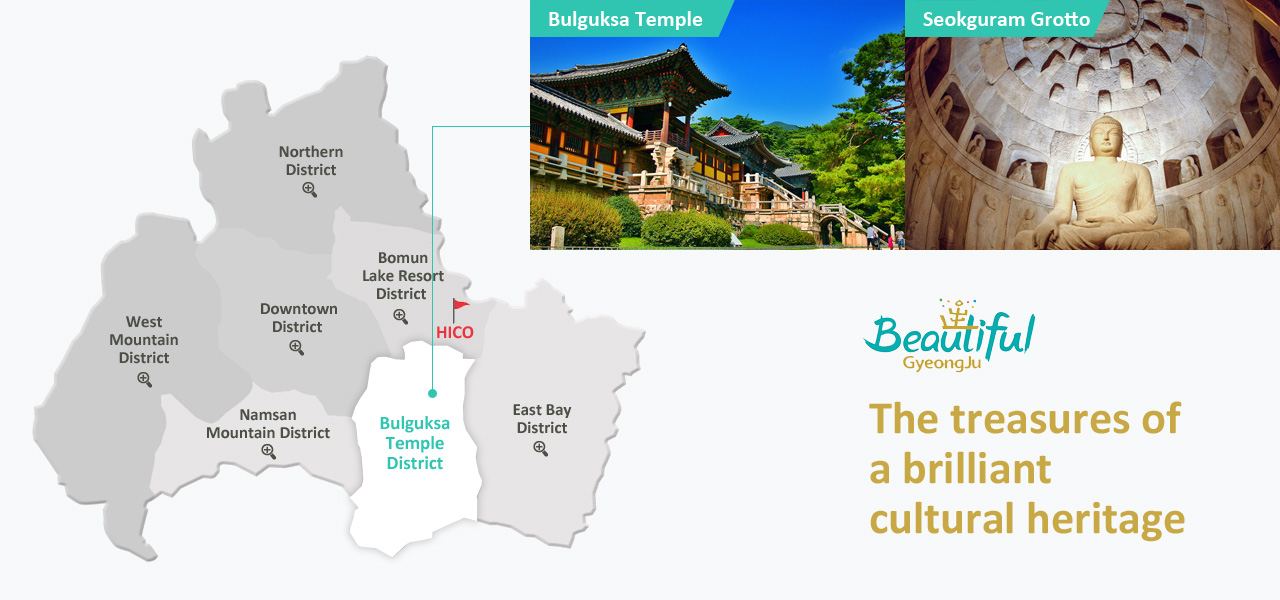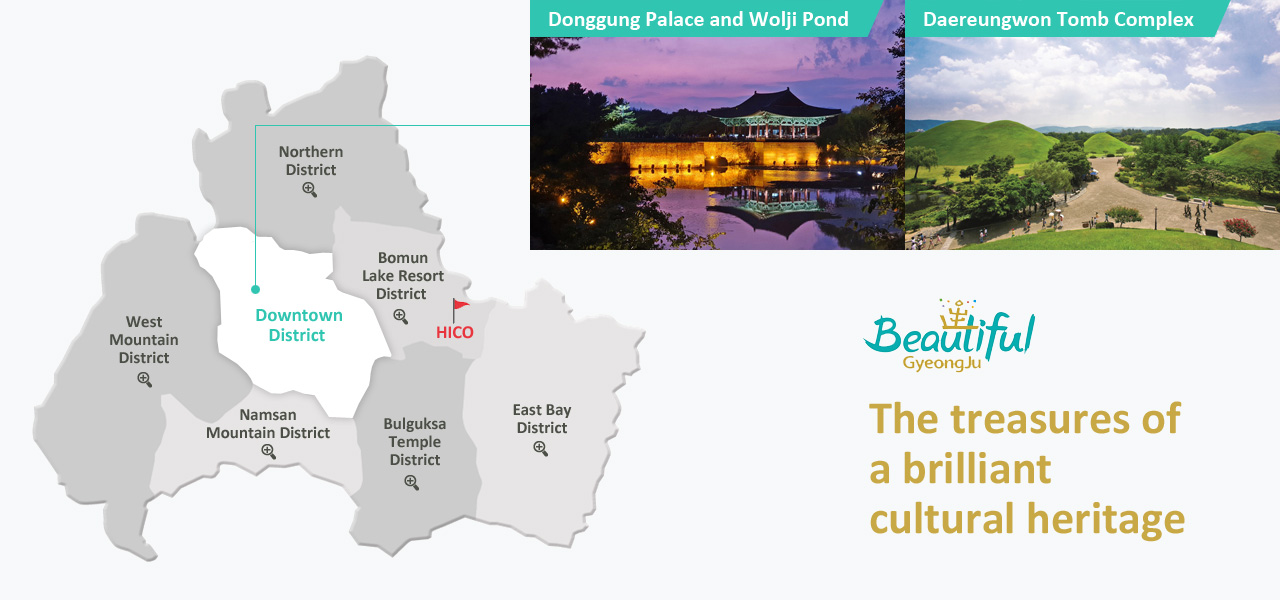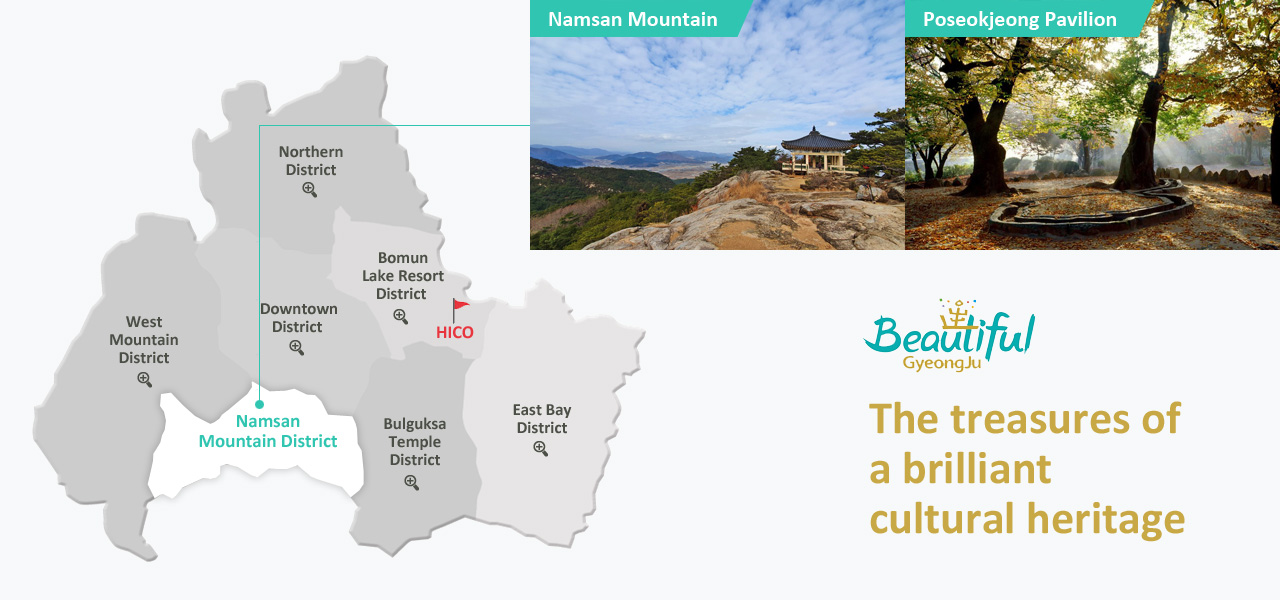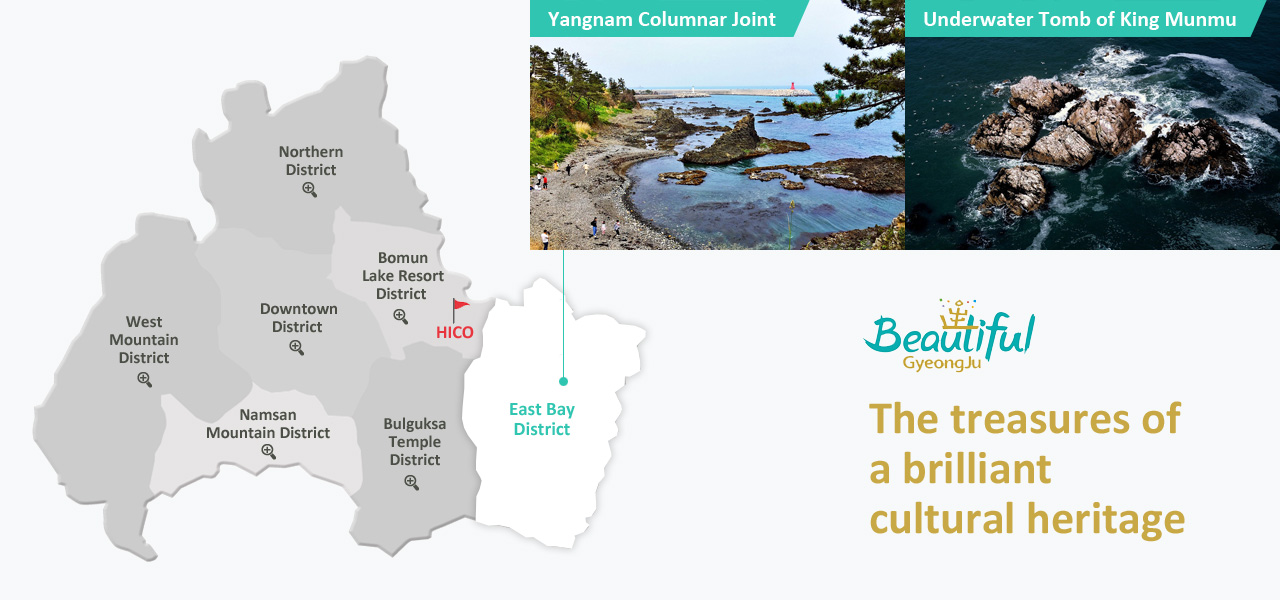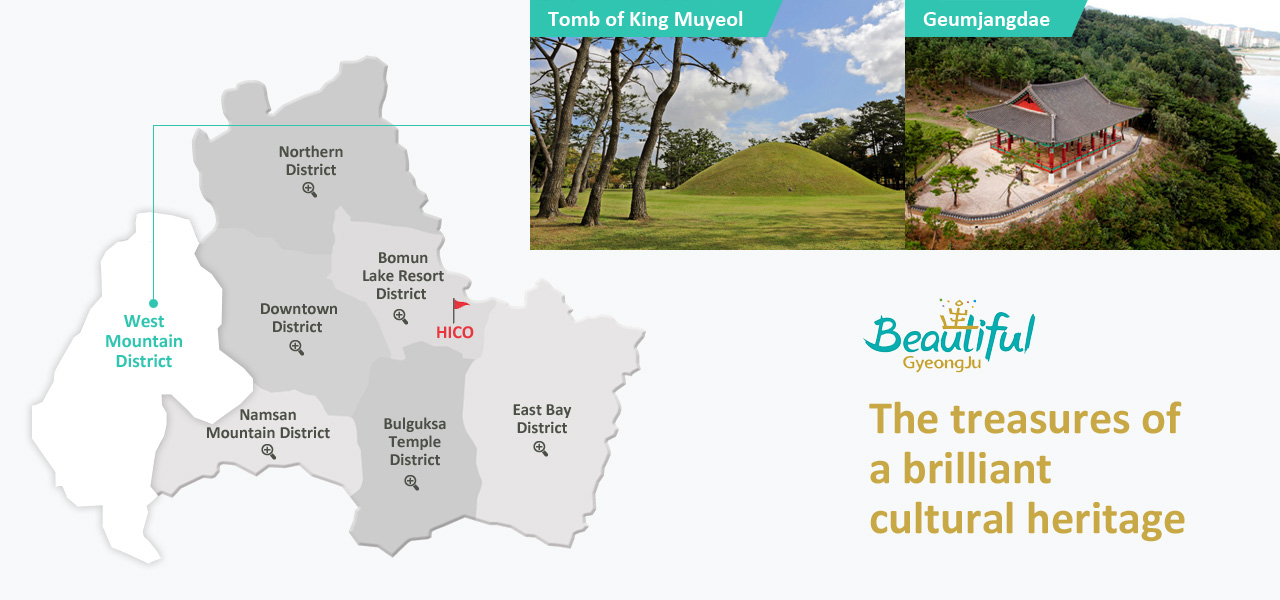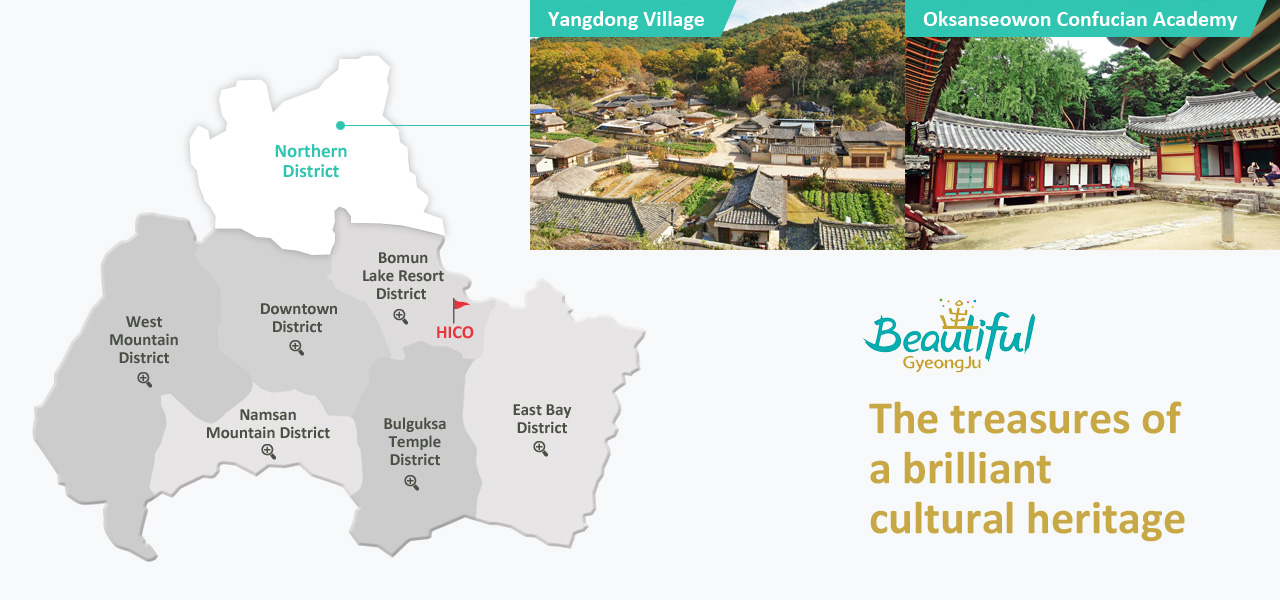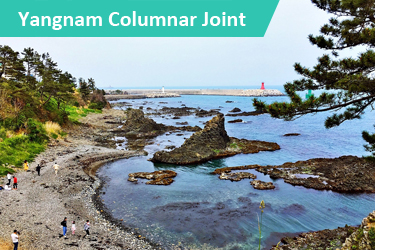 |
In 2012, when the Army base in Eupcheon-ri, Yangnam-myeon relocated to a different area, a hidden treasure was discovered inside the former Army base. The Yangnam columnar joints formation is a product of wind, waves, and rock. It was designated as Natural Monument No. 536 in September, 2012 due in large part to the sheer beauty and variety of its rock formations. Yangnam columnar joints have various forms, such as fan-shaped , slanted , and lying columnar joints. Meanwhile, the Jusangjeolli “Sound of Ocean Waves Road” is 1.7km-long coastal route that stretches from Eupcheon Port to Haseo Port. It features well-maintained decked roads, gazebos, benches, and bridges. Also, in October 2017, an observatory was built to give visitors a chance to observe Yangnam Jusangjeolli from a whole new perspective.
 Location : 30-37, Jinri-gil, Yangnam-myeon, Gyeongju-si Location : 30-37, Jinri-gil, Yangnam-myeon, Gyeongju-si
 Operating Hours : 09:00-18:00 (Observatory) Operating Hours : 09:00-18:00 (Observatory)
 |
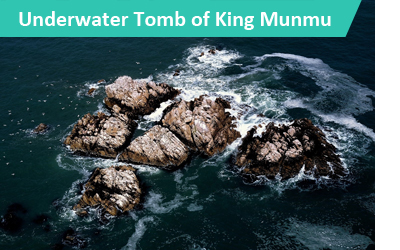 |
A little rocky islet approx. 200m from the shore at Bonggil-ri is the Underwater Tomb of King Munmu (661-681 A.D.), who unified the three kingdoms and became the 30th ruler of the Silla Kingdom. The king gave specific instructions to be buried in the East Sea after his death so that he would become a dragon and protect Silla from Japanese intruders. The rocky island, about 200 meters in circumference, is divided by a cross-shaped waterway, forming a pool at the center, at the bottom of which is a granite stone 3.6 meters long, 2.9 meters wide and 0.9 meters thick. Legend has it that the remains of King Munmu’s cremated body are buried under this rock. Historians still debate whether the ashes of the King Munmu were scattered or stored in an urn and placed under the rock.
 Location : 1366-9, Donghaean-ro, Gyeongju-si, Gyeongsangbuk-do Location : 1366-9, Donghaean-ro, Gyeongju-si, Gyeongsangbuk-do
 |
